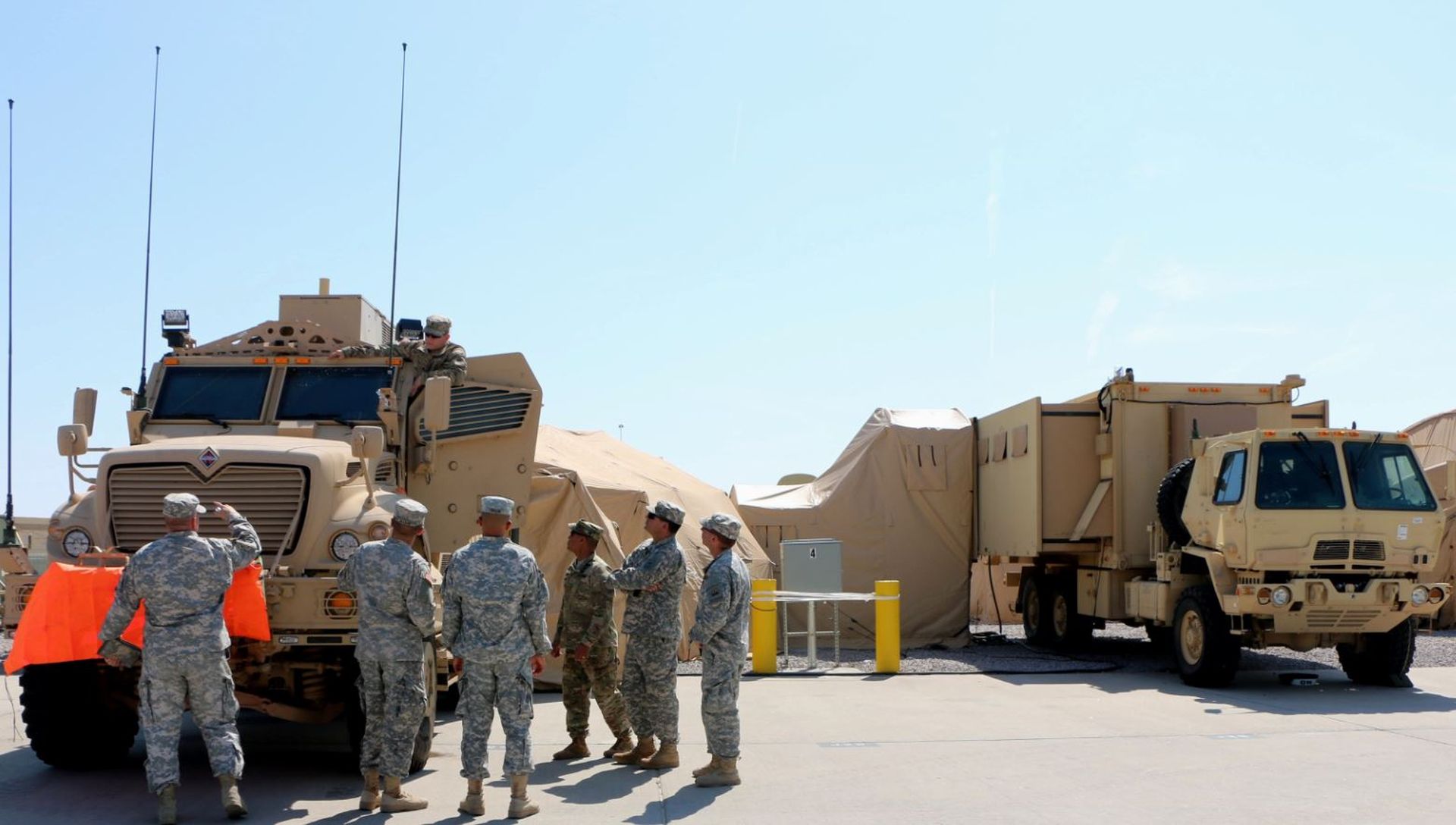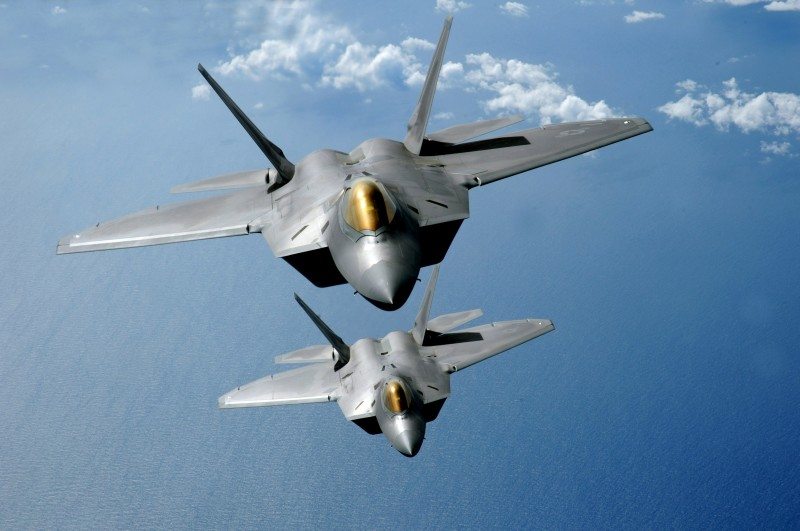Several unit command posts and a full fleet of tactical vehicles are built and ready to be equipped with the most advanced technology the Army has to offer.
The rush of activity is in preparation for Network Integration Evaluation 16.1/Army Warfighter Assessment, also known as NIE/AWA 16.1, which is set to begin in late September.
In the past, the semi-annual NIEs have put Army communications technology to the ultimate test by allowing Soldiers to formally evaluate systems in a field environment between Fort Bliss, Texas, and White Sands Missile Range, New Mexico.
This fall, NIE 16.1 will serve as a proof-of-concept for the AWAs, new annual events held at the same venue that will allow Soldiers to experiment with new technologies and provide feedback – rather than conducting a formal test. Moving forward, NIEs will be executed in the spring while AWAs will occur in the fall.
Before the 16.1 exercise begins, the mission at hand is for Soldiers and civilians to validate the networked systems so they are stable, loaded and ready to support warfighting functions during the assessments. This is accomplished through the Validation Exercise, or VALEX, which is a four-phased event that readies the network for participating units so the network may be utilized during NIE.
Even for personnel with experience integrating the network for past NIEs, the enlarged scope of this exercise has posed new challenges. NIE/AWA 16.1 will include approximately 12,000 Soldiers, from the 1st Armored Division and other U.S. Army units, as well as coalition personnel from 13 NATO countries. For VALEX, there will be more than 300 platforms, almost 20 command posts and 1,600 people expected to participate.
“Previous Validation Exercises only required one brigade, so we worked with the 2nd Brigade Combat Team, 1st Armored Division,” said Maj. Carlito Flores, trail boss for the capability package directorate, or CPD, which is a part of the Army’s System of Systems Engineering and Integration Directorate. “Now, we have about 16 external units not local to Fort Bliss participating, and that creates challenges as well as opportunities.”
Despite the new challenges, the load phase of VALEX has gone very smooth and is nearing completion, Flores said. This success has been attributed to the experience the CPD team acquired over a series of NIEs conducted since 2011.
“Due to the increased number of participants and the joint/multinational focus of AWA, our planning this time around has been more detailed and has involved more action officer work up front,” said Col. Terrece Harris, director of the CPD. “We have had to ramp up our external communications to ensure those who are not normally part of the NIE understand what needs to be done and what their VALEX mission encompasses, which will set the tone for the NIE event.”
Traditionally, all the equipment that needed to get checked for VALEX was housed at a single site, where the CPD trail bosses are headquartered. Now, with five separate locations where VALEX will occur, the CPD team has substantially increased coordination and tracking activities for the external locations.
The trail bosses have also worked meticulously to communicate with liaison officers who speak on behalf of the foreign units.
“With the introduction of AWAs, I believe the trail bosses’ responsibility has extended beyond our usual scope for NIE,” Flores said. “We are working with coalition partners and supporting external units to maximize their readiness for this event.”
As learned throughout numerous past exercises, a successful VALEX is essential to a successful NIE. As VALEX 16.1 comes to a close, the CPD team is enthusiastic about the progress that has been made to establish the network, Harris said.
“Despite many challenges and unknowns, NIE 16.1/AWA is definitely off to a tremendous start,” he said.











